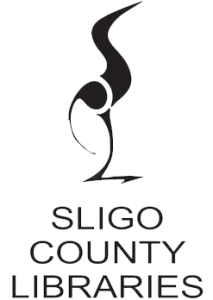The Lake Isle of Innisfree
I will arise and go now, and go to Innisfree,
And a small cabin build there, of clay and wattles made:
Nine bean rows will I have there, a hive for the honey-bee,
And live alone in the bee loud glade.
And I shall have some peace there, for peace comes dropping slow,
Dropping from the veils of the morning to where the cricket signs;
There midnight’s all a glimmer, and moon a purple glow,
And evening full of linnet’s wings.
I will arise and go now, for always night and day
I hear lake water lapping with low sounds by the shore;
While I stand on the roadway, or on the pavements grey
I will hear it in the deep heart’s core
W.B. Yeats was awarded the Nobel Prize for Literature on the 14th of November 1923. He was the first Irishman to be so recognised. That the award came one year after Ireland had gained its’ independence was acknowledged by Yeats: “I consider that this honour has come to me less as an individual than as a representative of Irish literature, it is part of Europe’s welcome to the Free State.“
Funding from the Decade of Centenaries has allowed Sligo County Council to erect signs at the major entrance routes to the county to commemorate this event. The signs are on the N4, N15, N16 and N17 as you enter county Sligo.
The Nobel prizes are five separate prizes that, according to Alfred Nobel’s will of 1895, are awarded to “those who, during the preceding year, have conferred the greatest benefit to humankind.” Alfred Nobel was a Swedish chemist, engineer, and industrialist most famously known for the invention of dynamite. He died in 1896. In his will, he bequeathed all his “remaining realisable assets” to be used to establish five prizes which became known as “Nobel Prizes.”
Nobel Prizes are awarded in the field of Physics, Chemistry, Physiology or Medicine, Literature, and Peace.
Yeats was professionally and personally deeply grateful for the award. He publicly acknowledged this by the creation of a ‘thank you’ entitled “The Bounty of Sweden” published by the Cuala Press in 1924.

